About products and suppliers
Mua chất lượng hàng đầu vải tricot ngụy trang. với giá tốt nhất trên Alibaba.com và nhận hàng đúng hẹn và giao hàng tận nhà. Có vô số kiểu dáng, mẫu mã, màu sắc và hoa văn cho bạn lựa chọn. Hoàn hảo cho một đêm đầy gió hoặc một ngày se lạnh, vải tricot ngụy trang. là một lựa chọn phong cách ấm cúng và ấm cúng. Chọn từ trang phục bình thường hoặc thiết kế trang trọng hơn và mặc chúng trên bãi biển hoặc dự tiệc. Tìm phong cách để tạo sự thoải mái trong mọi khí hậu và mọi dịp.
Có nhiều loại vải tricot ngụy trang. có sẵn để mua trên Alibaba.com. Cardigans bao phủ cánh tay và thân và các nút cho phép mở hoặc đóng phía trước. Jumper là một lựa chọn không tay hấp dẫn. Áo nỉ trùm kín phần thân trên, một số có túi để đựng đồ tiện lợi. Áo ngủ là loại quần áo dệt kim không tay, và các loại áo tank top thường được mặc như áo lót không tay. Tìm các thiết kế theo nhiều kiểu dáng, bao gồm áo cổ lọ, áo chẽn, cổ chữ V và áo dài cổ thuyền.
vải tricot ngụy trang được sản xuất và thiết kế để tạo sự thoải mái và mềm mại. Chúng thường được mặc trên các loại quần áo khác như áo phông để tạo hiệu ứng nhiều lớp. Chúng là chất cách nhiệt tuyệt vời và giúp giữ ấm cho cơ thể. Chúng đủ linh hoạt để mặc với trang phục bình thường hoặc cho một sự kiện trang trọng. Có vô số lựa chọn có nghĩa là người ta có thể tìm thấy một chiếc áo len thích hợp cho mọi phạm vi nhiệt độ và mọi trường hợp.
Tìm kiếm vải tricot ngụy trang khác nhau. tại Alibaba.com và tận dụng các ưu đãi và chiết khấu tuyệt vời. Mua sắm nhiều màu sắc, thiết kế và phong cách để phù hợp với bất kỳ sở thích và yêu cầu cụ thể nào. Mua nhiều để duy trì vẻ ngoài hấp dẫn trong khi vẫn ấm áp và ấm cúng.

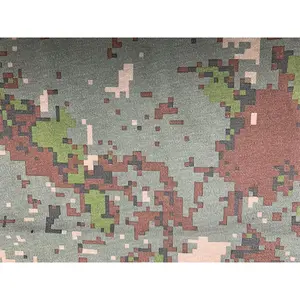







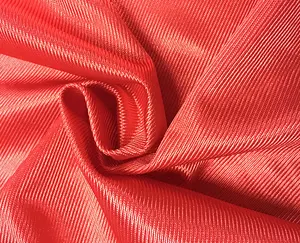

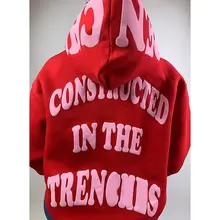


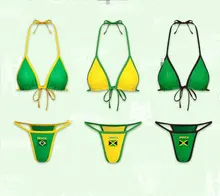



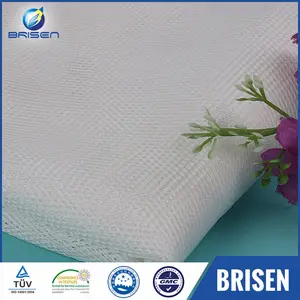

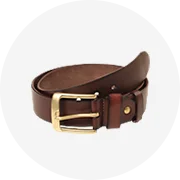

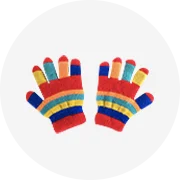
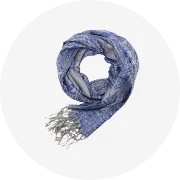


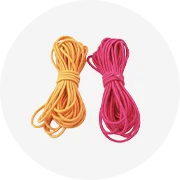

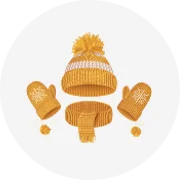
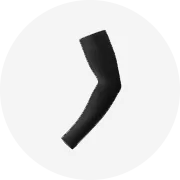

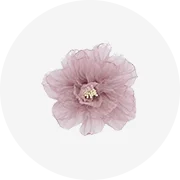
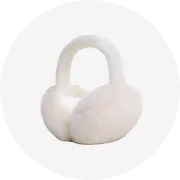

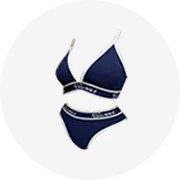
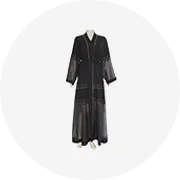








 浙公网安备 33010002000092号
浙公网安备 33010002000092号 浙B2-20120091-4
浙B2-20120091-4